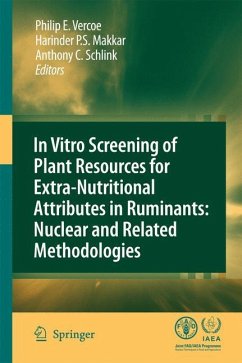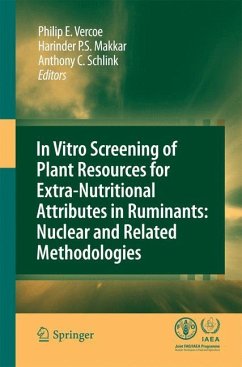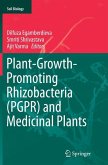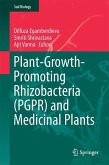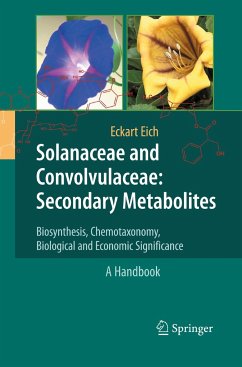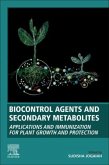The aim of this manual is to provide a comprehensive guide to the methods involved in collecting, preparing and screening plants for bioactive properties for manipulating key ruminal fermentation pathways and against gastrointestinal pathogens. The manual will better equip the reader with methodological approaches to initiate screening programmes to test for bioactivity in native plants and find 'natural' alternatives to chemicals for manipulating ruminal fermentation and gut health. The manual provides isotopic and non-isotopic techniques to efficiently screen plants or plant parts for a range of potential bioactives for livestock production. Each chapter has been contributed by experts in the field and methods have been presented in a format that is easily reproducible in the laboratory. It is hoped that this manual will be of great value to students, researchers and those involved in developing efficient and environmentally friendly livestock production systems.
From the reviews: "The aim of the book is to provide a guide to the methods involved in collecting samples, preparing and screening plants for bioactive properties for use in manipulating important ruminal fermentation pathways, and against gastrointestinal pathogens. ... the book is of great value to students in the plant and animal sciences. It is also recommended to researchers and all those involved in developing efficient and environmental friendly livestock production systems." (Gerhard Flachowsky, Animal Feed Science and Technology, February, 2010)

